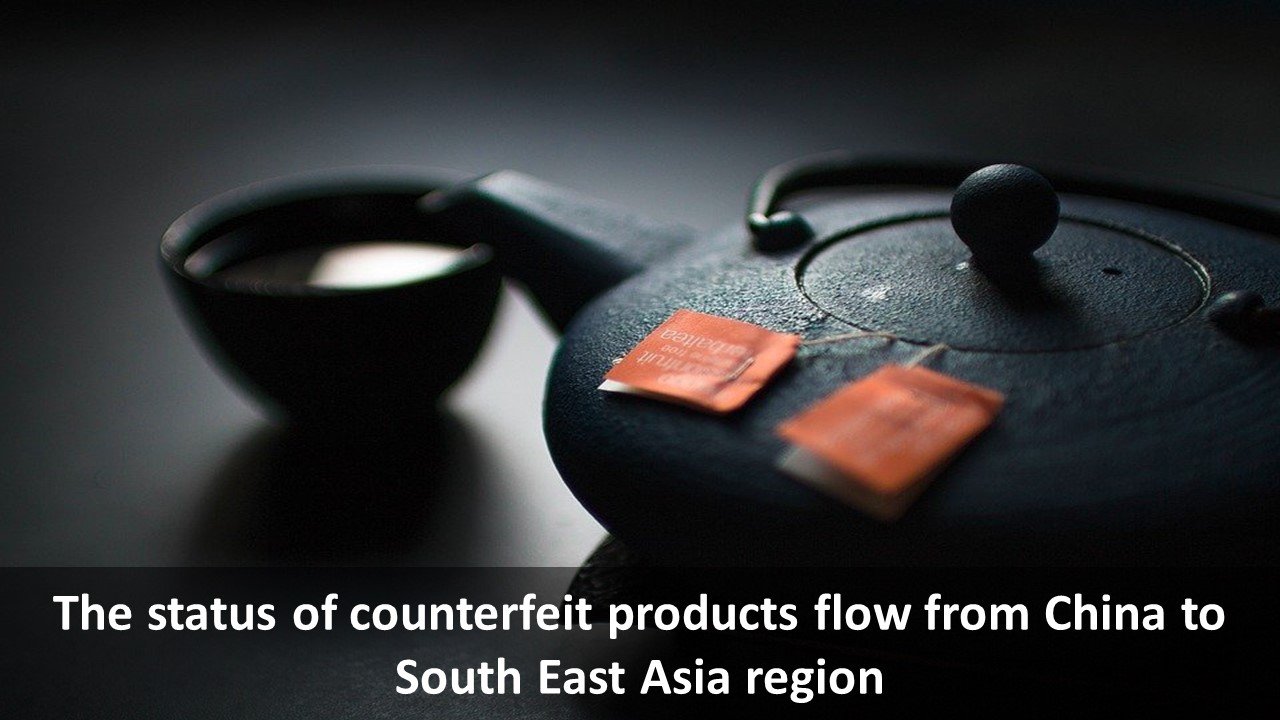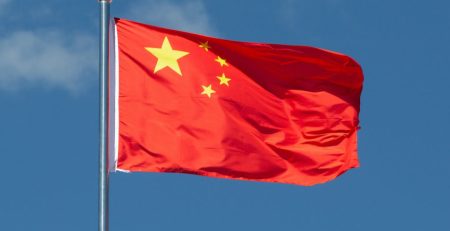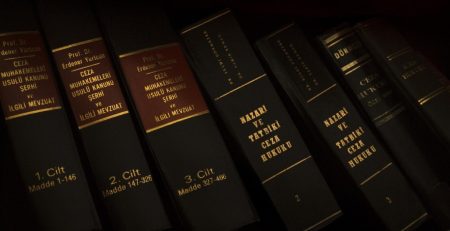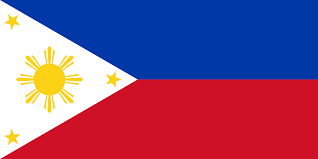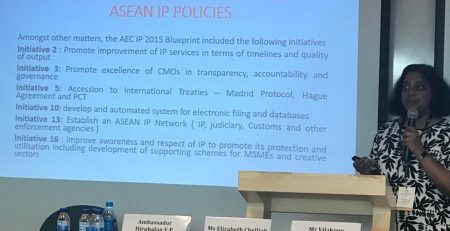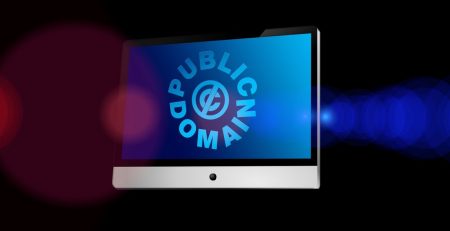The status of counterfeit products flow from China to South East Asia region
China has long been regarded as the center of counterfeit products from across the entire globe. Cheap labor, plentiful resources, and loosen regulations of taxation, etc. have made this country the heaven to mass-produce products in general, and counterfeit products in particular. Recently, China has once made the headline for being the source of the flow of counterfeit products to other regions in the world, particularly the ASEAN region – its neighbor area geographically.
China and ASEAN have long had bilateral trade and economic cooperation. In 2020, the ASEAN region has become China’s largest trading partner, overtaking the EU.
Accordingly, this cooperation between the 2 powerful regions and countries has led to the transportation of many goods and products between them. Specifically, the number of small airfreight shipments through large postal and courier hubs transported from China to ASEAN has increased dramatically in the last 5 years.
Although this sounds like a great improvement to the collaboration between China and ASEAN, it can only be considered great if all the transported goods are thoroughly checked and verified. However, in reality, these goods and products are still largely invalidated and contain many counterfeit and fake products, infecting the global supply chain and creating a ticking time bomb for the world economy.
The immense impact of counterfeits
Counterfeiting has existed for a long time, even dated thousands of years before. Nonetheless, even with the help of modern technology, the fight to stop this problem won’t seem to come to an end shortly.
This is because counterfeits evolved along with the security measure to prevent it, making it easier for counterfeiters to disguise their movements.
For China and the ASEAN region, China is still considered the primary source of counterfeit products. Not only because of its massive population but also because of China’s strong counterfeit supply chain network, infrastructure, knowledge base, and quality.
This can not be ‘counterfeited’ as in replaced easily although some countries have shown that they did have the potential to steal some of China’s counterfeit markets, like Vietnam with the apparel, footwear, textiles, lubricants, and alcohol market.
Nonetheless, in the big picture, China is still considered to be the largest reservoir of counterfeit goods in Asia and in the entire world with some reports showing that ‘China produces 80% of the world’s counterfeits.’
Measures to stop the counterfeiting problems
Knowing the problems, but have China and the countries in ASEAN put efforts to stop it?
The answer to that question is “Yes, they have!”
Although many people would argue by pointing at the fact and said that it is not enough.
For example, there have been many surveys and reports conducted every year about these issues, many organizations have raised their voices condemning the counterfeiter but it’s mostly messages, not decisive actions.
Customs IP border seizures are a great way to control counterfeiting flow between countries and also a cost-effective solution but it is not enough. There are still many loopholes to pass through customs control, either by traveling through a different route, different methods to conceal the goods, or the more human resources method such as bribery, etc.
And even if customs seizures are a great method to stop the flow, it only solves the problem at the top of the tree, not the root cause it means the counterfeit products can still flow within the country domestically.
For initiatives and programs launched by the governments or organizations, cause most of them are still dependent or the cooperation scale is not comprehensive enough, there hasn’t been much improvement to the big picture.
For example, China’s Belt and Road initiative is considered to haven’t had an impact on counterfeiting activity in the region albeit it could provide a useful forum for building stronger IP and Customs cooperation.
Counterfeit goods and illicit goods
In the flow of illicit goods between ASEAN and China, counterfeit products are, in fact, only a minor problem compared to the rest of the goods exchanged. There are many more illicit goods that raised much more concern for the public, such as alcohol, tobacco, and other highly taxed goods. Moreover, the trading of goods might even be of criminal nature such as the exchanging of people, narcotics, synthetic drugs, medicines, firearms, timber wildlife, etc.
Accordingly, counterfeit goods which violated the trademark or brand of a big company, counterfeit pharmaceuticals and other poor quality, hazardous items, etc. might not be considered a big deal. However, that is exactly why counterfeit goods should be taken more seriously. Because if China and ASEAN can put an end to the flow of counterfeit goods, it will be a great development to the battle against illicit goods overall.
Hence, the governments of these countries should collaborate with each other and partner with global and domestic organizations that are also seeking to end the trafficking of humans, wildlife, narcotics, contraband, etc. to stop the counterfeiting problem in particular and the illicit goods transferred in general.
***Other Articles***
– You could see How To Register Trademark in China here.
– You could visit here to see Procedure of Trademark in China.
– You could visit here to check Required documents of filing trademark in China.
Contact AAA IPRIGHT: Email: [email protected]
Or sending your inquiry by filling the form:

